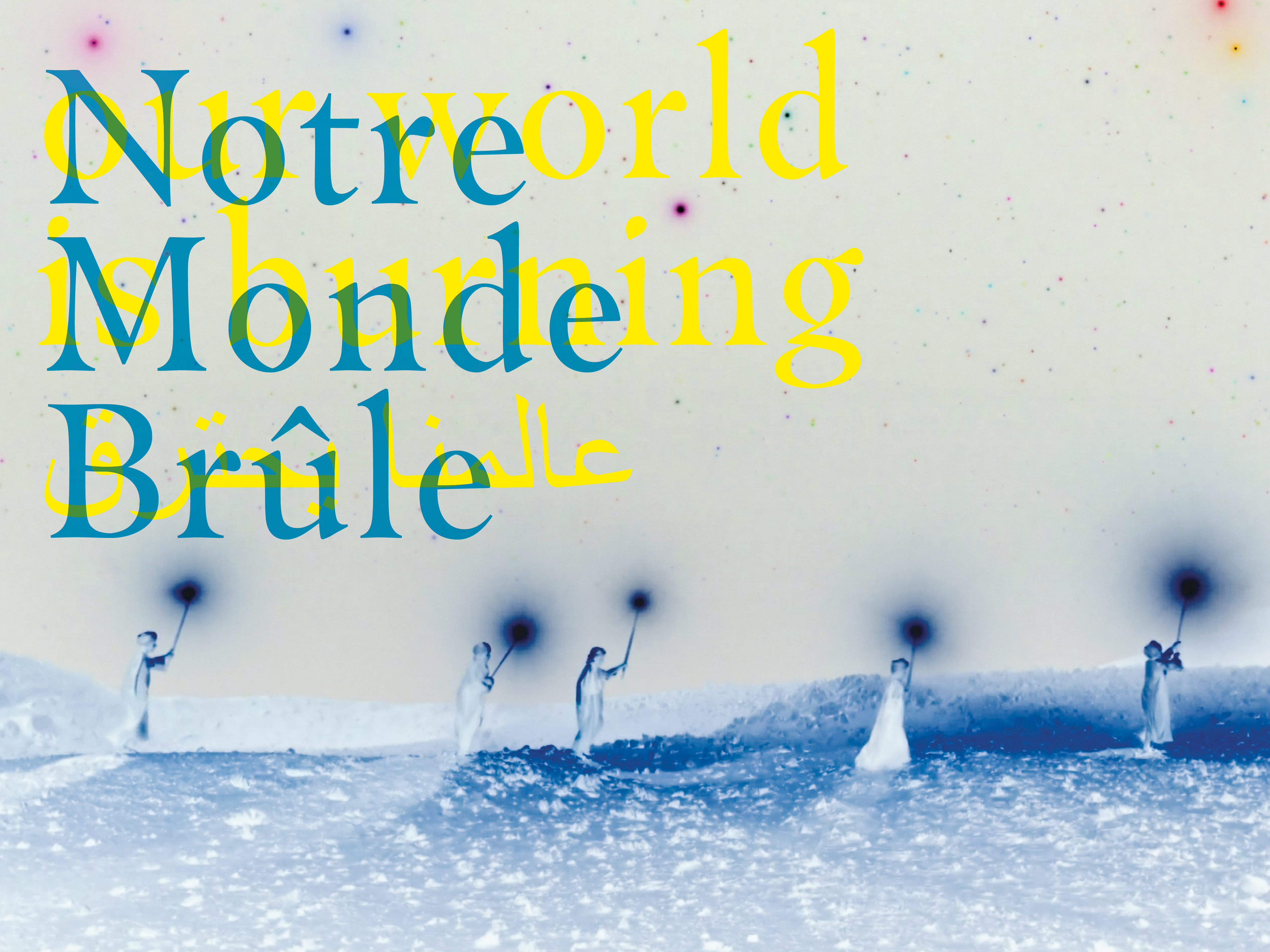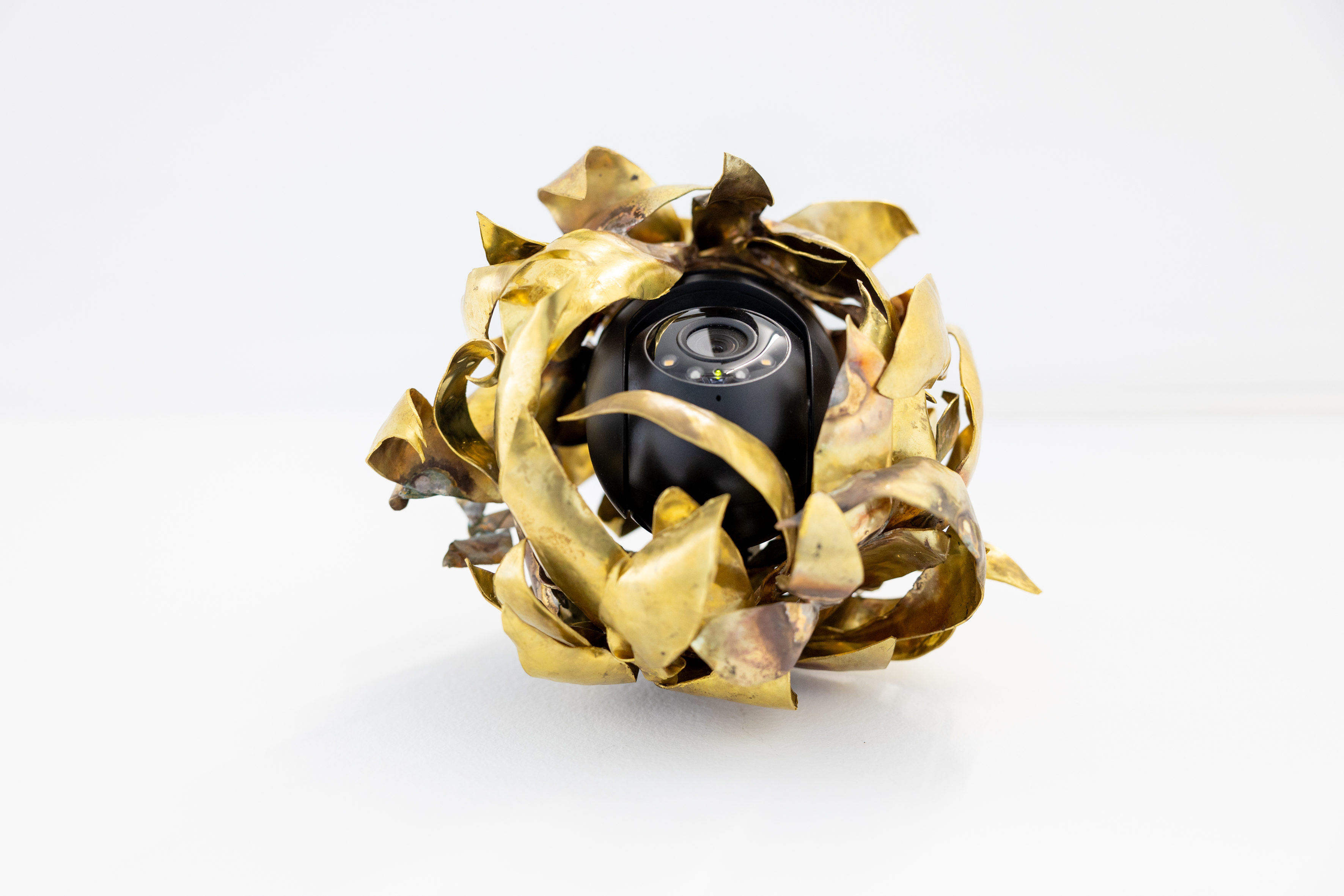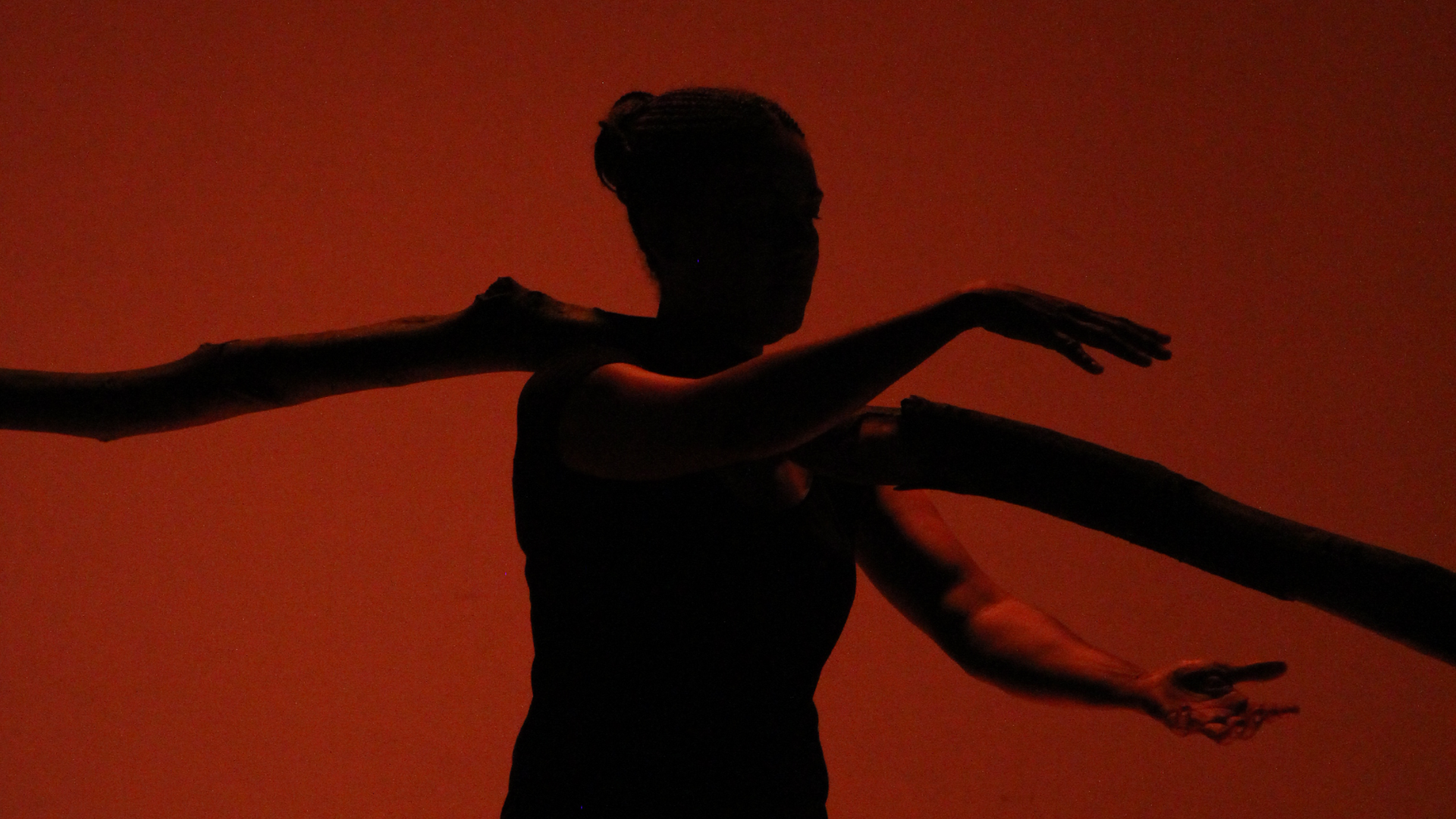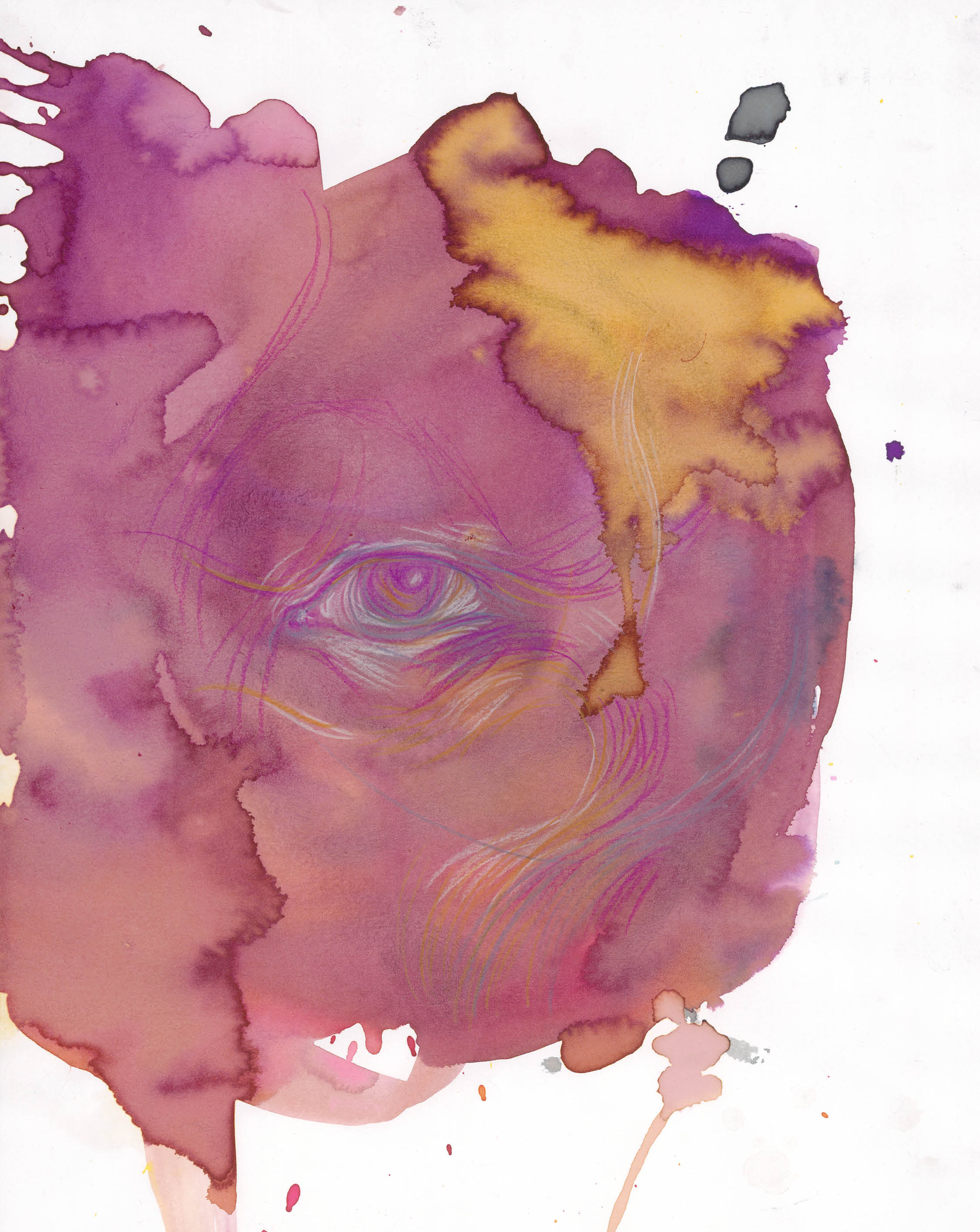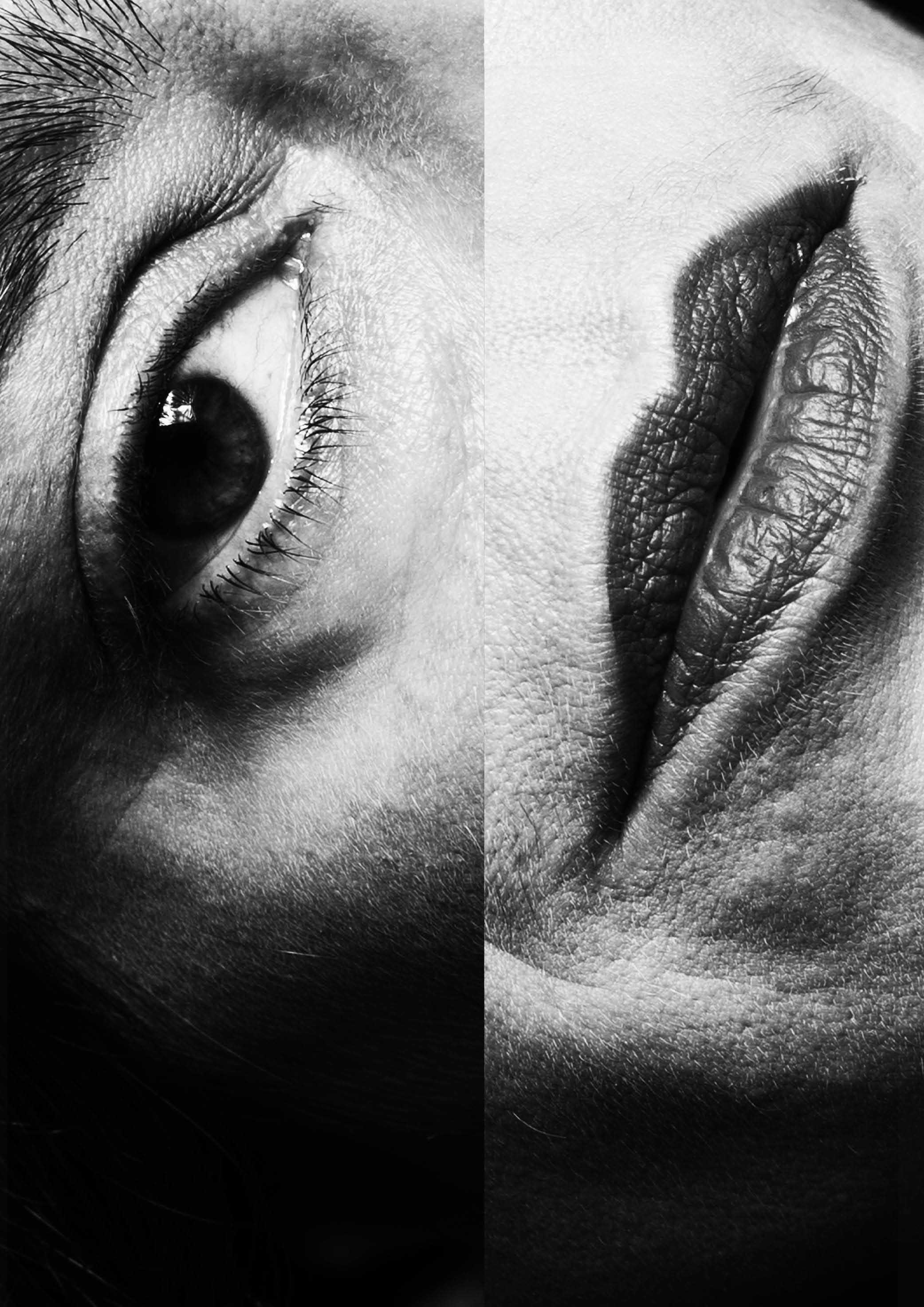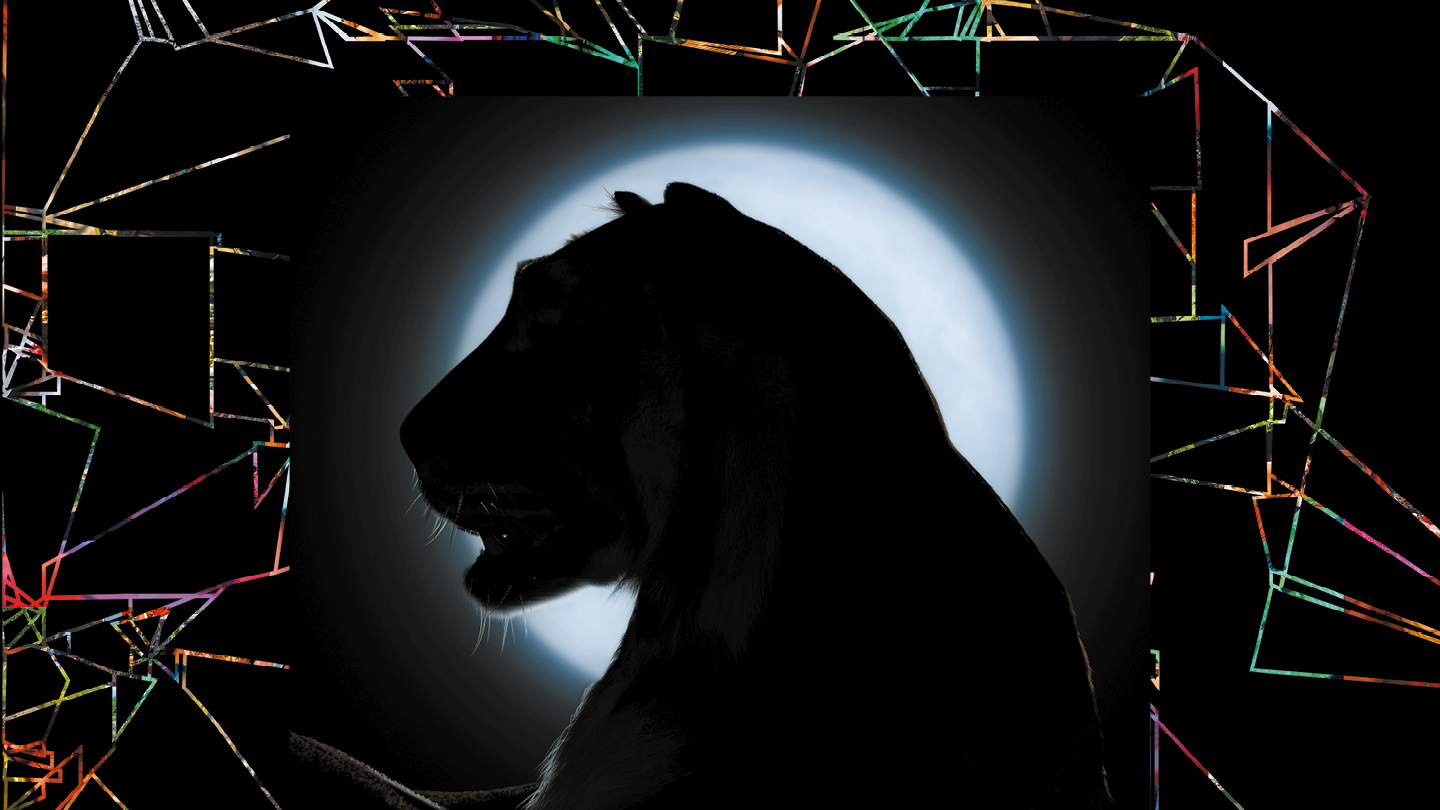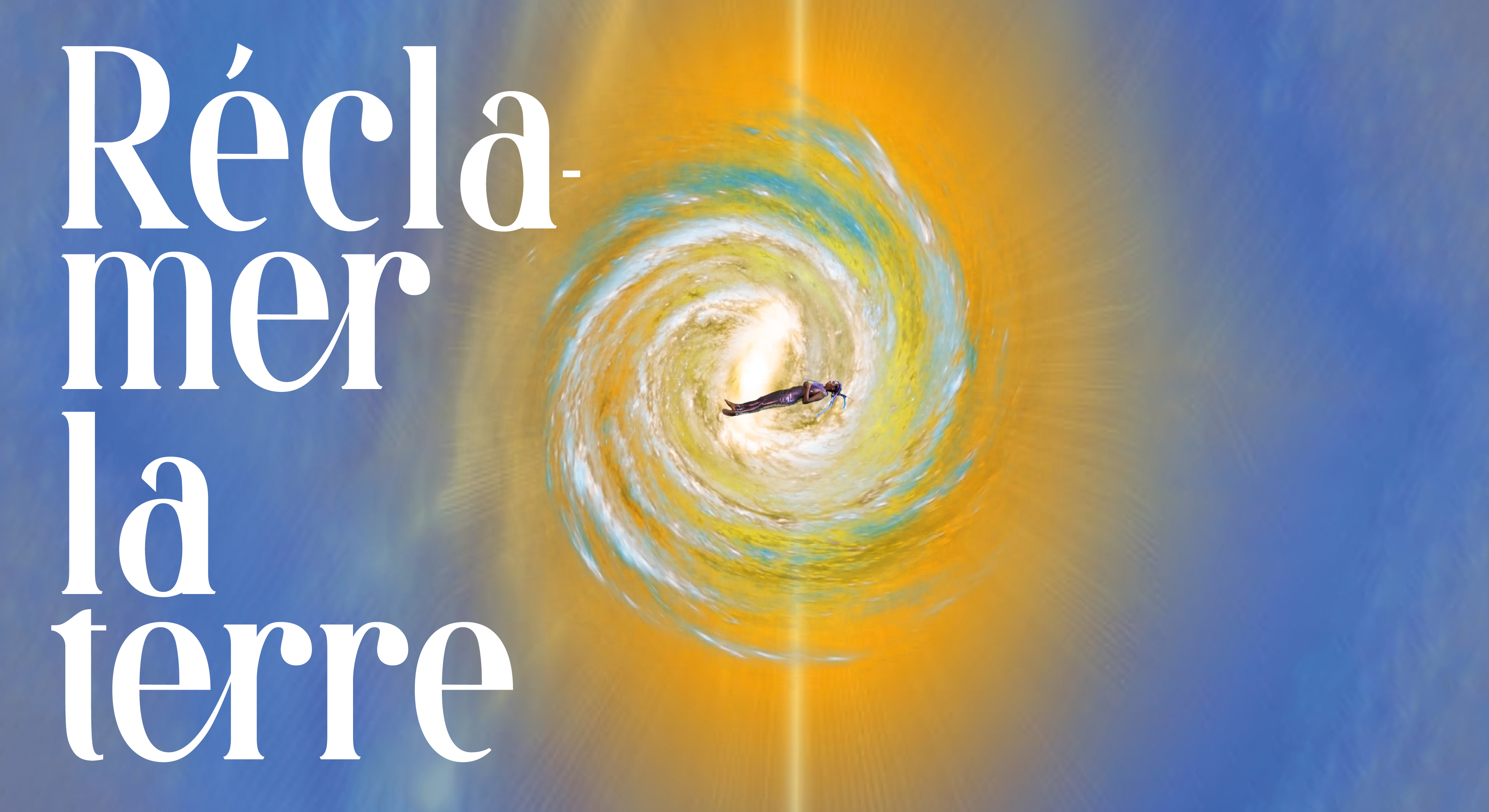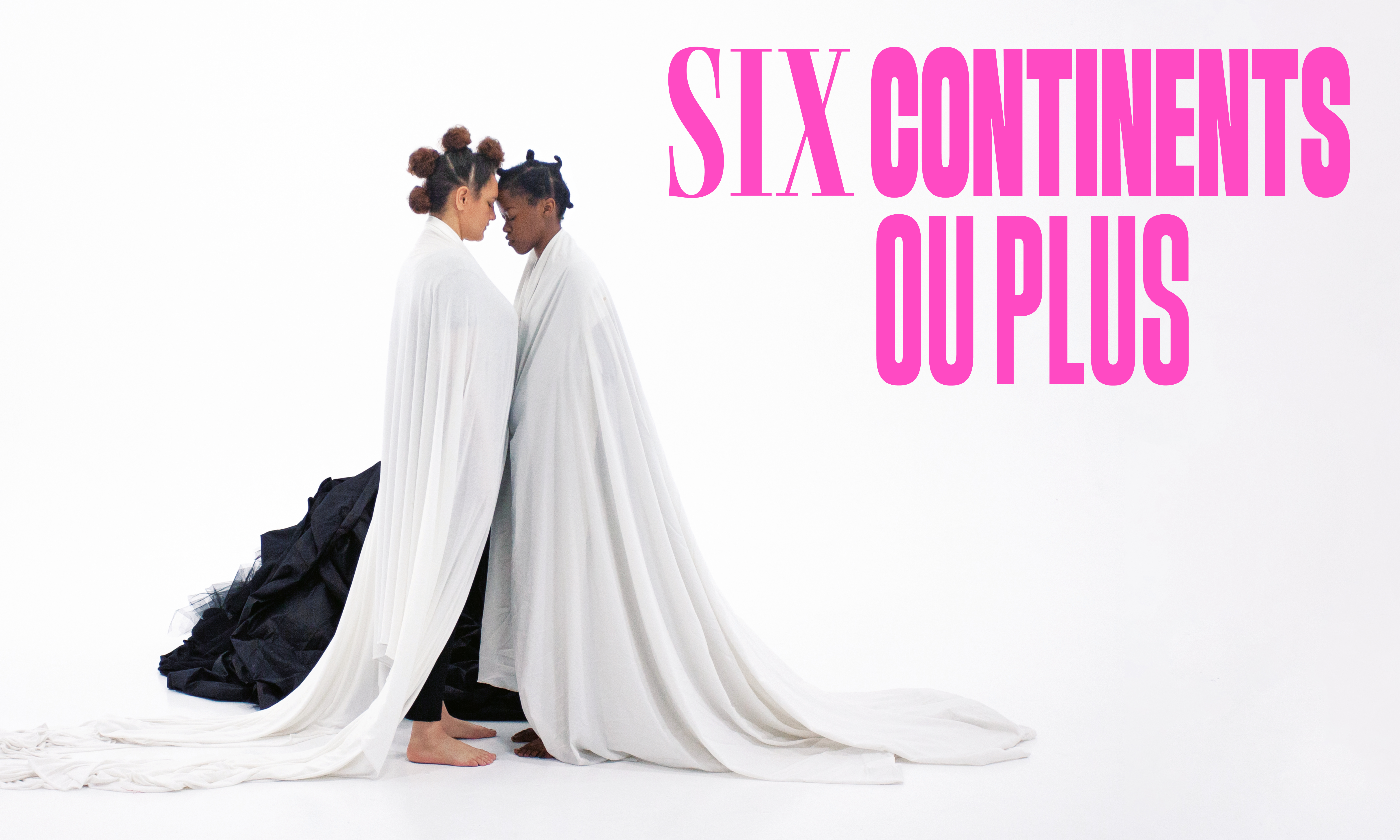February 21–May 17, 2020
13 avenue du Président Wilson
75116 Paris
France
Hours: Monday–Wednesday and Friday–Sunday 12am–9pm
Thursday 12am–12pm
T 0033684440005
presse@palaisdetokyo.com
The exhibition Our World is Burning offers a committed view of contemporary creation from the Arabian Gulf, where wars and diplomatic tensions have constantly determined the history of the early 21st century. Its title explicitly refers to the human dramas created by the successive conflicts in this region. Our World is Burning also rings out like an alarm at a time when political vicissitudes are being added to by ecological catastrophes, embodied by massive destructive forest fires, from Amazonia to Siberia, via California and Australia, which bear witness to global warming. We are now “facing Gaia,” to quote the title of Bruno Latour’s book, facing its finitude. The world’s commotions and instability are now perceived as being inexorable artifices created by mankind, swept away by its immoderation and omnipotence. Catastrophe is no longer a horizon for philosophical or aesthetic speculation, as Edmund Burke might have viewed it in the mid-18th century, during his quest for the sublime, when confronted with the troubles of the world. It is a reality.
In the urgency of present time, this exhibition creates a resonance between the poetic and liberating pieces by artists who are attempting to heal the wounds of Gaia, and those of people uprooted by the Capitalocene—the new geological era into which we have entered because of the intensity of our means of industrial production—in order to think differently about the world’s future. More than an affirmation of peril, fire then symbolises at once the formidable democratic élan experienced in this region since al-Thawrat al-’Arabiya, or the “Arab Springs,” and the creative intensity that accompanied or anticipated it, as in the seismographic work of Amal Kenawy, who questioned the silent majority a few months before the destitution of Hosni Mubarak, the president of the Arab Republic of Egypt.
This exhibition maps out in a fragmentary, sensitive way the many political and societal transformations of the Middle East. It presents a complex intermeshing of events, to which the artworks allude while offering multiple poetic perspectives, such as the epic poem orchestrated by John Akomfrah, or Wael Shawky’s vast immersive landscape, which takes us into the desert following the tracks of historical and fantastical tales.
During celebrations of the Qatar France 2020 Year of Culture, Our World is Burning lifts the veil on the striking mutations of this country of pearl fishers, which underwent an unprecedented transformation during the second half of the 20th century, with the exploitation of its oil and gas deposits, through works by artists such as Bouthayna Al Muftah, who reinterprets its folk traditions, or Sophia Al Maria, who goes back over the harbour extension of this young nation, founded in 1971. Curated by Abdellah Karroum, the director of Mathaf: Arab Museum of Modern Art in Doha, the exhibition Our World Is Burning is a testament to a polyphonic writing of art history, while focusing more especially on the artistic practices of the Middle East, North Africa and their diasporas. The exhibition has been nourished by the exceptional collections of the museum, which was founded in 2010, based on the private collection of Sheikh Hassan bin Mohamed bin Ali Al Thani. Adopting a postcolonial approach, Mathaf displays the rise of modernity in Arab countries and the vitality of a world with multiple centres, while emphasising cultural exchanges and inquiring into the artistic heritage of Qatar in a context of globalisation.
Emma Lavigne - President of Palais de Tokyo, January 2020
